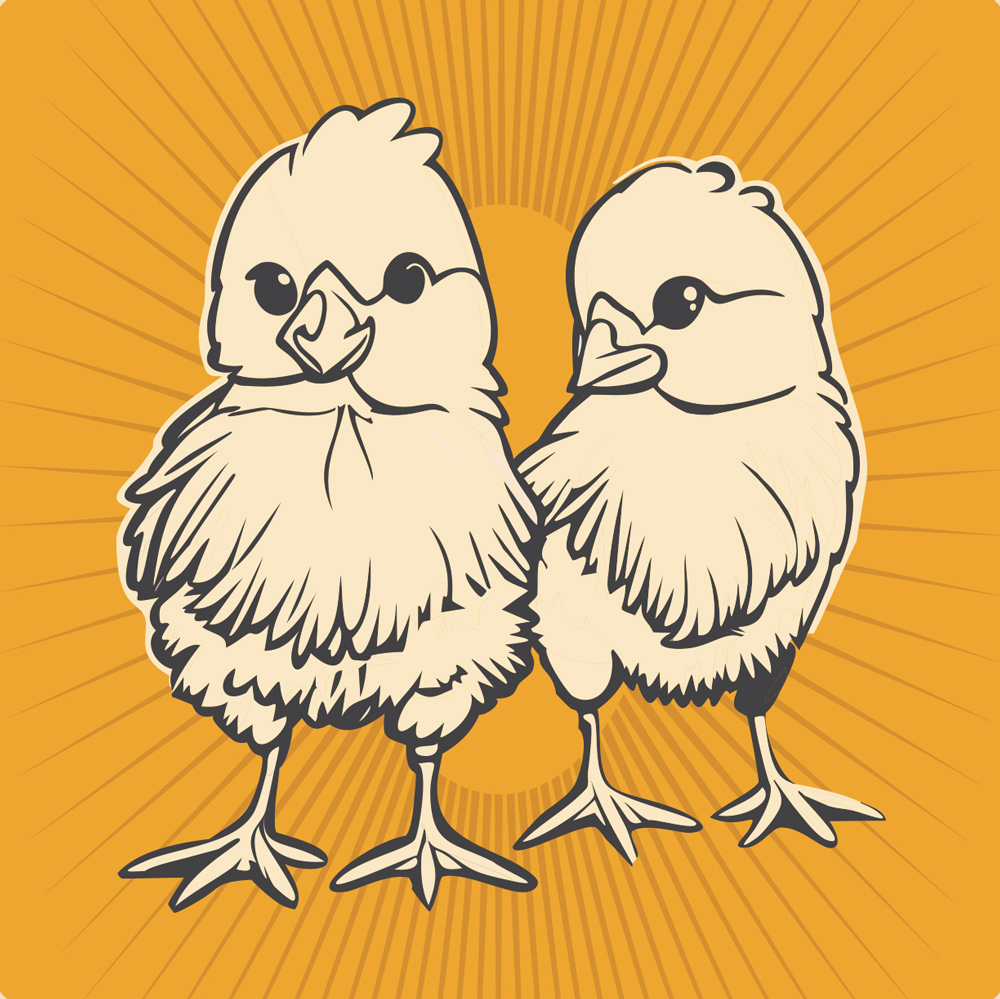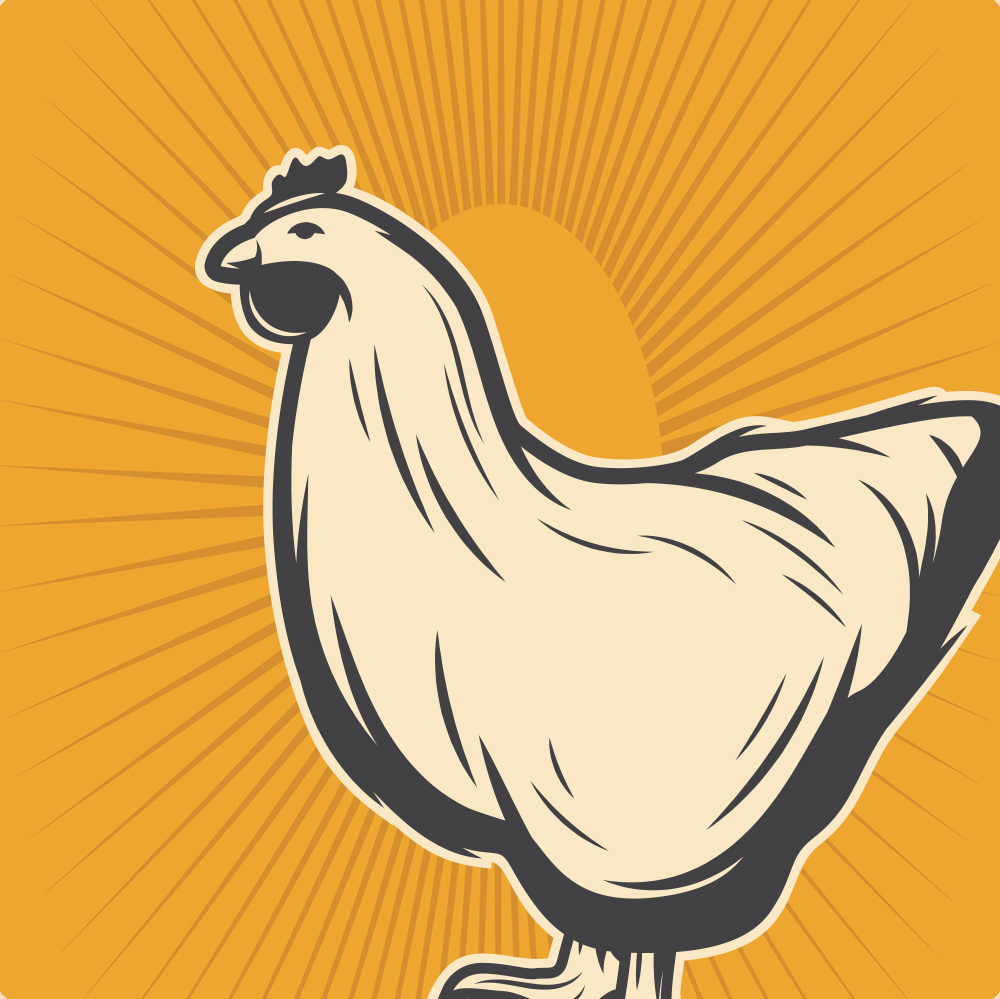Guinea Guard Bird, French Pearl Guinea

Out of stock
Sold out for the season- SKU
- FrenchPearlGuinea-G
Description
Minimum Pre-Order Quantity: 20 chicks For orders less than the species' minimums, please stop by our Loretto, Elk River, Stillwater, Forest Lake or Maple Plain stores (see all locations HERE). Stores will have live chicks in store starting in March. In store chick breeds will rotate throughout the season. *Sold as straight run only.
Spikes & Houles is a licensed poultry dealer and can only sell live birds in the 5 retail locations in Minnesota and they must be picked up at a store location (they cannot be delivered to you). Our Chicks cannot be shipped out of state.
Check Out the Chicks!
Raising chickens is a rewarding and entertaining experience for people of all ages! At Spikes & Houles, we are committed to providing a high standard of care for chicks while in our possession, and providing you with the best direction and products to help your chicks thrive once they reach their new homes.
Details
- The brooder for baby guineas (keets) should be weather-tight, free from drafts, and rodent proof. Clean and disinfect a week or two before the birds arrive. You can also use a high cardboard chick-guard to form a draft shield and to keep from having corners for them to pile into. Keets need 95-98-degrees to start, but they also need to be able to get well away from the heat, especially during the day. You can use a heat lamp or a brooder plate. At night, the birds should be comfortably sprawled near or under the heat source. If they are piled up, they are too cold; if they are away from the heat and panting, they are too hot. Lower the temperature about five-degrees per week until they are fully feathered (after six-weeks).
- Keets need good traction underfoot. Cotton towels, rubberized shelf liner, or large shavings will all work. If the shavings contain small pieces the keets may eat them so cover them with a towel the first couple of days.
- Use a chick waterer- several if you have 20 or more keets. Put feed on flat trays or paper plates. Guineas scratch for their food rather than pick it out of feeders.
- Keets are susceptible to coccidiosis, so use medicated chick starter containing Amprolium or use Corid in their water, until they develop immunity at about six-weeks. We recommend using NatureServe® Turkey Gamebird Starter with essential oils, prebiotics, and probiotics. Newly arrived keets also benefit from the addition of electrolytes in their water. You can begin to supplement their protein with dried mealworms or chopped up hardboiled eggs after a few days. You can add greens after a few days (be sure to provide grit when you do).
- Once they are just a few days old, keets need a lot more room in their brooder than chicks do. They are much more active and need room to run and develop their leg muscles. They will begin to be able to fly by two-weeks. They will enjoy having roosts or items to perch on.
More Information
| Mature Weight Male | 3-4 lbs |
|---|---|
| Mature Weight Female | 3-4 lbs |
| Breeds | Guineas |
| Bred For | Foraging Birds, Guard Birds |
| Egg Color(s) | Brown |
| Eggs Per Year (Approx.) | 100-150 |
| Egg Size | Small |


